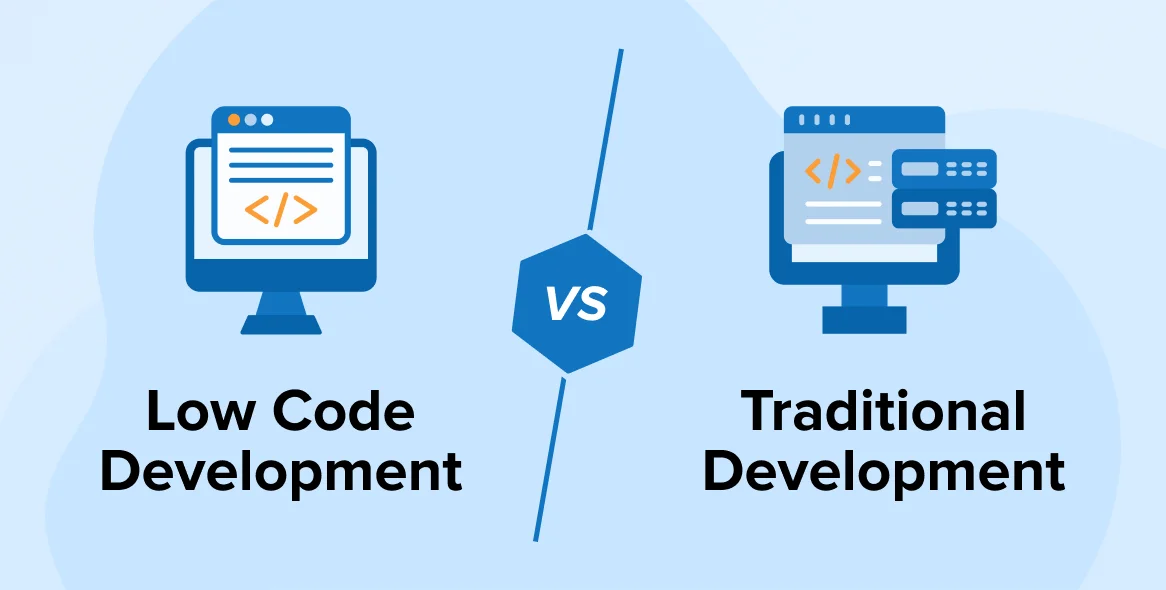As governments worldwide evolve to meet the needs of a digital society, cloud computing has emerged as a key driver of transformation in public administration. By migrating critical applications and data management to the cloud, governments can increase efficiency, enhance transparency, and provide more responsive services to citizens. This article explores how cloud computing is reshaping digital government initiatives, the benefits it brings, and the challenges policymakers must address to ensure smooth implementation.
“Cloud solutions are not just an upgrade; they represent a fundamental shift in how governments can serve the public faster and more securely,” emphasizes Tamer Badr, owner of Singleclic. “When public agencies harness the power of the cloud, they unlock opportunities for smarter decision-making, improved service delivery, and a more agile administration.”
Introduction
Digital government, or e-governance, leverages technology to deliver services more efficiently and transparently. Traditional government systems, often built on legacy infrastructure, struggle with slow processing times, disjointed data, and high maintenance costs. Cloud computing offers a pathway out of these limitations by providing:
- Scalability: Resources can be increased or decreased in real time, depending on demand.
- Cost Efficiency: Reduces the need for large capital expenditures on hardware and lowers maintenance costs.
- Data Integration: Centralizes data across departments, ensuring consistency and easier access.
- Enhanced Security: Advanced encryption and compliance with government regulations protect sensitive information.
- Rapid Deployment: Facilitates quicker rollouts of new applications and services.
With these advantages, cloud computing becomes a vital component of government digital transformation strategies.
People Are Always Asking
Many public officials and citizens have questions about the role of the cloud in digital government. Here are some of the most common inquiries:
- “Is the cloud secure enough for government data?”
Answer: Yes, reputable cloud providers use industry-standard encryption and comply with strict regulations like HIPAA, GDPR, and other regional data protection laws. - “Will migrating to the cloud disrupt existing services?”
Answer: With a well-planned, phased migration, disruptions are minimized. Many agencies report improved uptime and faster recovery during outages. - “Can cloud services handle the high demand during emergencies?”
Answer: Absolutely. Cloud infrastructures are designed to scale rapidly to accommodate spikes in usage, making them ideal for disaster recovery and emergency management. - “Does cloud computing lower long-term costs for government agencies?”
Answer: Typically, yes. Although initial investments are required, the reduction in maintenance, energy, and hardware expenses usually leads to significant long-term savings. - “What about integration with legacy systems?”
Answer: Many cloud solutions provide robust APIs and connectors to integrate with existing systems, although some customization may be necessary.
Key Benefits of Cloud for Digital Government
Adopting cloud technology delivers several tangible benefits for public institutions:
- Cost Efficiency
- Reduced Capital Costs: No need for extensive physical servers or data centers.
- Operational Savings: Lower energy, maintenance, and staffing costs for IT support.
- Agility and Scalability
- On-Demand Resources: Scale computing power and storage up or down based on real-time needs.
- Faster Rollouts: Deploy new applications or services quickly to respond to citizen needs.
- Enhanced Data Integration and Accessibility
- Unified Data Systems: Consolidate information from multiple sources to provide a seamless service experience.
- 24/7 Accessibility: Public services become available anytime, anywhere via secure cloud portals.
- Improved Security and Compliance
- Advanced Encryption: Protect sensitive data with encryption both at rest and in transit.
- Regulatory Adherence: Work with providers that comply with government standards and industry certifications.
- Disaster Recovery and Business Continuity
- Robust Backup Systems: Automated backups and geographically distributed data centers minimize data loss.
- Rapid Recovery: Quickly restore services in case of a cyber attack or physical disaster.
Tamer Badr explains, “Government agencies using cloud computing can not only save money but also build a more resilient infrastructure. This resilience is critical when facing emergencies or unexpected surges in demand.”
Potential Drawbacks to Consider
While the benefits of cloud adoption in government are impressive, there are challenges to bear in mind:
- Data Privacy and Sovereignty Concerns
- Storing data off-site can raise questions about jurisdiction and privacy. It is essential to choose providers that adhere to local and federal regulations.
- Vendor Lock-In Risks
- Relying on a single vendor may complicate future migrations or integrations. Negotiating flexible contracts and considering multi-cloud strategies can mitigate this risk.
- Initial Migration Costs and Efforts
- Transitioning from legacy systems to the cloud requires an initial investment in resources and time. This stage demands careful planning and may involve temporary disruptions.
- Connectivity Dependence
- Cloud services are reliant on stable, high-speed internet. Areas with intermittent connectivity may struggle with real-time access to cloud-based applications.
- Integration Complexities
- Bringing together various systems (legacy and new cloud-based ones) can be technically challenging. Proper API management and customization might be required.
Tip: Implement a pilot project in a non-critical area first. Evaluate performance, address integration issues, and adjust security protocols before expanding cloud adoption throughout the agency.
Real-World Reviews
Dr. Elena, Director of a City Health Department
“The move to cloud-based records has streamlined our operations remarkably. In emergencies, our response times have improved. However, we encountered initial hiccups integrating older software with our new cloud system, which required external consultancy.”
Carlos, IT Manager for a Municipal Government
“Cloud computing has allowed us to scale our services during peak periods efficiently. Our data backup and recovery have become much more reliable. The downside? Our rural branches still face connectivity issues, and the transition cost was steeper than we anticipated.”
Sofía, Public Services Administrator
“Switching to the cloud made citizen services more accessible. They can now apply for permits and pay fines online, which has lowered the burden on our offices. Nevertheless, adapting to new security protocols required significant staff training.”
Frequently Asked Questions (FAQ)
- Is cloud computing secure for sensitive government data?
- Answer: When paired with encryption, multi-factor authentication, and compliance audits, cloud services are highly secure and often more robust than traditional on-premise systems.
- What happens if the internet connection fails?
- Answer: Leading cloud providers design their systems with redundancy and backup connections. However, local connectivity issues can still affect user access, so contingency plans are important.
- How quickly can government agencies scale resources in the cloud?
- Answer: Cloud services are built for scalability. In most cases, agencies can adjust their resources within minutes to accommodate rising demands.
- Can I integrate existing legacy systems with a cloud solution?
- Answer: Yes, many providers offer APIs and integration tools to help bridge the gap between older systems and new cloud environments. Custom solutions may be necessary in some cases.
- How is data sovereignty addressed in cloud computing?
- Answer: Choose vendors that store data in local or region-specific data centers and comply with government regulations regarding data privacy and storage.
Practical Implementation Tips for Government Agencies
- Develop a Detailed Migration Plan
- Outline which services to migrate first and prepare a timeline to minimize disruptions.
- Engage Stakeholders Early
- Collaborate with IT, legal, and operational departments to align goals and address compliance.
- Invest in Training
- Conduct regular training sessions for staff to ensure smooth adoption of new cloud-based tools and security protocols.
- Monitor Performance and Adjust
- Set up KPIs such as system uptime, response times, and data accessibility to gauge success and refine processes as needed.
- Plan for Disaster Recovery
- Ensure that your cloud vendor provides robust backup solutions and clear recovery protocols. Always test these systems periodically.
Tamer Badr advises, “Government digital transformation is an ongoing journey. Ensure you invest in training and include a strong disaster recovery plan. That way, you safeguard both your data and your mission-critical services.”
Conclusion
Cloud computing has revolutionized the way governments deliver public services by centralizing data, enhancing collaboration, and reducing costs. Through cloud-based platforms, agencies achieve a more agile, transparent, and responsive environment that benefits both administrators and citizens. Despite challenges such as initial migration costs, potential vendor lock-in, and dependency on robust internet connectivity, the long-term advantages—such as scalability, security, and efficient disaster recovery—make the transition well worth the effort.
By understanding the benefits and drawbacks, and by preparing a meticulous implementation plan, government agencies can harness cloud computing to drive innovation and transform public service delivery. Digital transformation in governance empowers officials to respond quickly to emerging needs and to build a reliable, citizen-focused infrastructure that prepares the public sector for the future.









